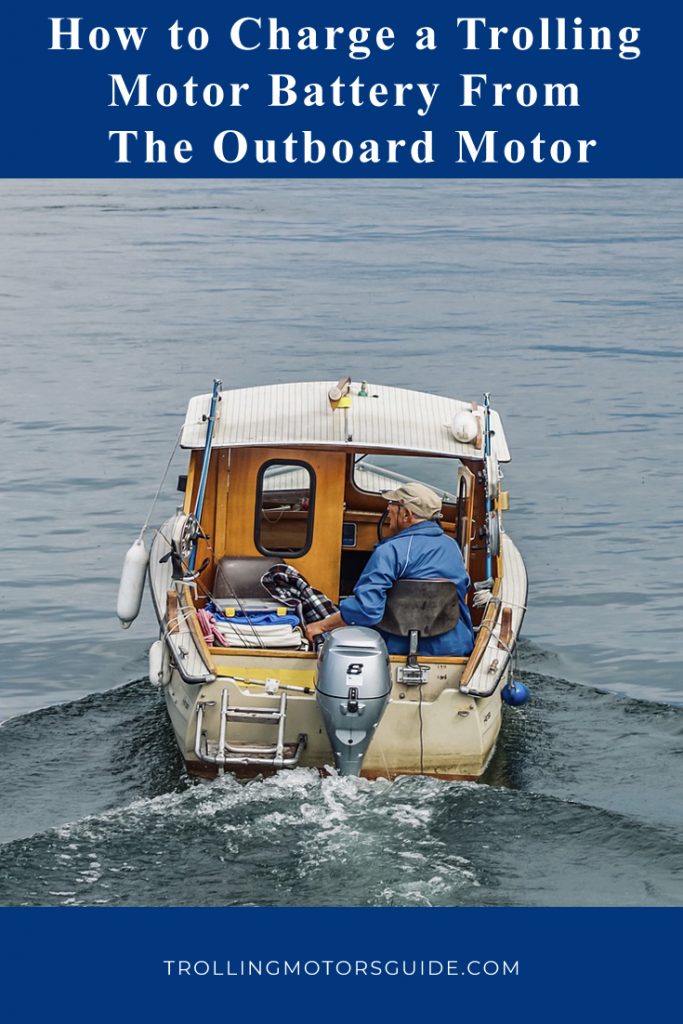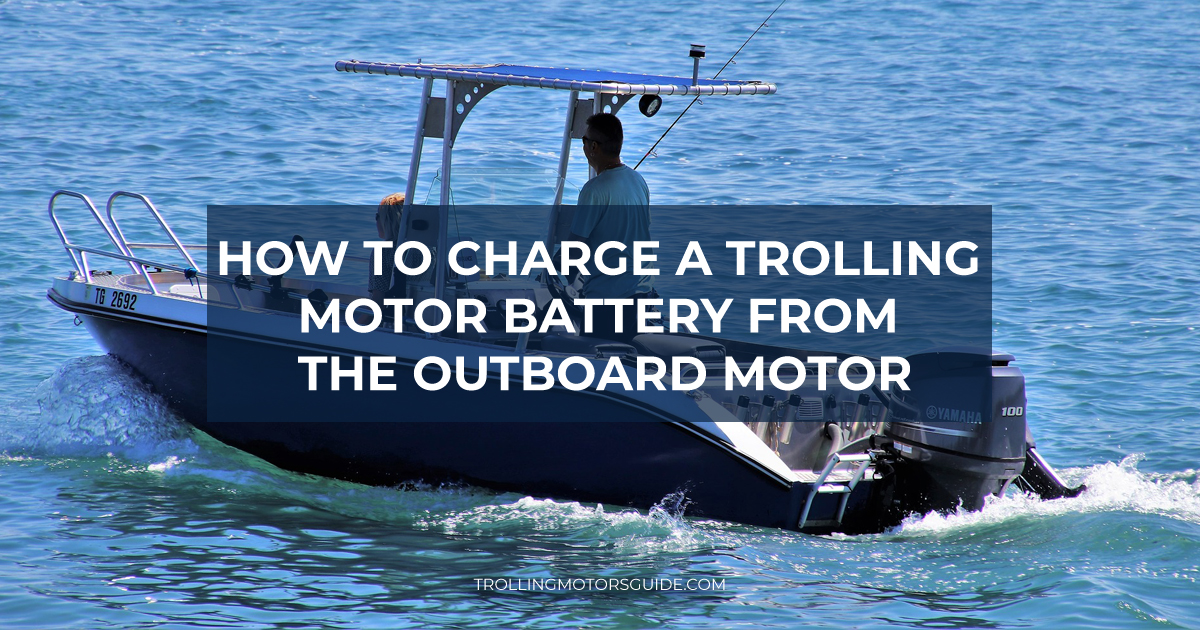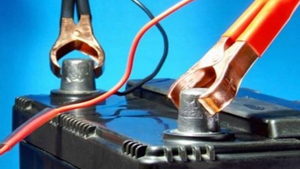
The outboard motor has turned from something exotic into a usable instrument during fishing. One can install it both on yachts and small boats. With all the advantages, the motor has one demerit – the operation time is limited by the battery charge. As usual, the batteries are designed for 1-2 days of unstoppable work.
It is not a problem if a boat is parked near a pier for five-six days a week and plugged into the power network. The batteries in such a boat are always ready to work for 5-8 hours intensively. When an owner gets back to the shore, they will plug in the batteries for further maintenance. The problems begin when you plan a long-term trip with tents and being in isolated locations. In this case, you have two possible variants: getting another battery and changing it or getting a generator to charge a battery outdoors.
Choosing Outboard Motor Generators
Here, you will not be successful with any generator. You have a choice from three variants: portable gasoline generator, automobile generator, and special boat motor-generator. Let’s discuss what to choose.
Gasoline generators can ensure the maximal electricity of 10-25 A with an output voltage of 220 V. It means that you’ll need an additional charger working with alternating current to charge a battery of 12 or 24 V battery. These generators are pretty massive (about 19-20 inches (50 cm) in every dimension) and heavy (from 66 to 100 pounds (30-50 kg)). Obviously, it is not a good idea for a fishing boat.
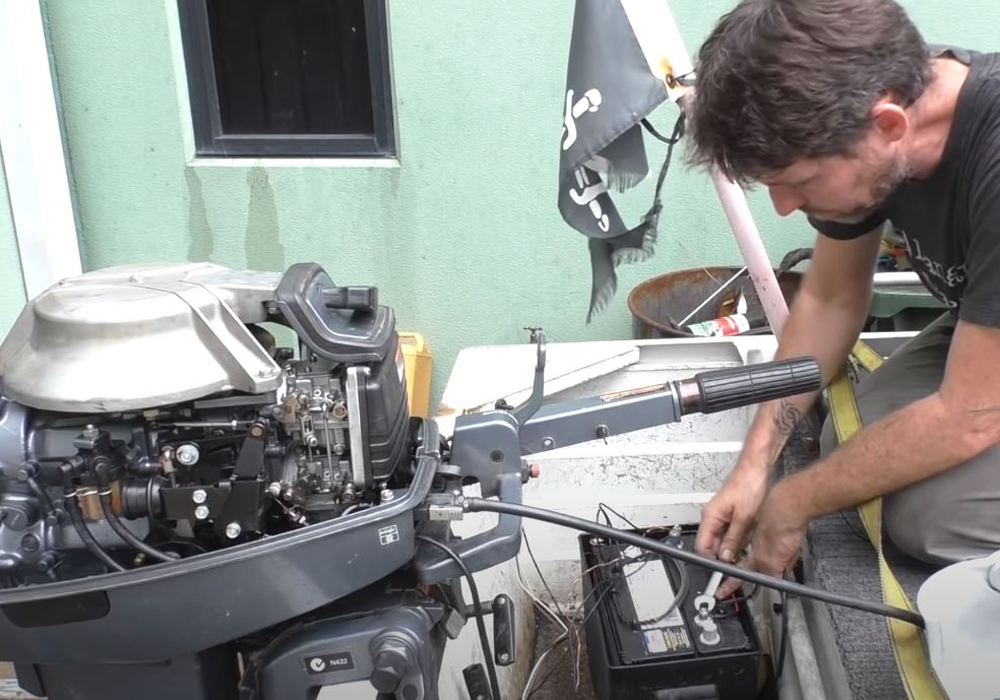
Automobiles show the maximal electricity of 80-150А, with the idler wheel working of 60-90 А. Enough power and voltage of 14 V make them an acceptable choice for our task.
Specialized boat motor-generators are the best variant, as their power depends on motor productivity. Some generators do well with fast battery charging.
Despite the sufficient power and productivity, automobile and boat generators are not likely to charge a trolling motor battery independently. The main reason – these accumulators are designed to charge starting batteries. The traction batteries have got different exploitation, charging, and construction conditions. The deep discharge batteries imply charging performed in three-four stages. The starting batteries are charged with the full voltage.
- The generators and their voltage regulators work perfectly in the following conditions:
- The battery is a starting battery with thin plates.
- The battery is always in an almost charged condition.
- The temperature difference between the battery and generator is minimal.
- The voltage drop between a generator and a battery is lower than 0,1 V.
If any of these conditions are not met, charging a battery from a generator is impossible.
So, to charge a battery from a generator, you’ll need a piece of special charging equipment that transforms the excessive energy into four stages of charging. Here is a sequence of actions you need to do:
- Decide the kind of batteries you would like to install on your boat and their capacity.
- Choose the type of batteries (AGM or lithium). The AGM and lithium batteries have the maximal charging stream power – 50% and 100% correspondingly. This ratio is measured as a part of their capacity. AGM and lithium batteries show a minimal time of charging comparatively with gel or acid-fluid batteries.
- Measure the power of a boat or automobile generator you’ve got. If you need, choose a more powerful automobile generator.
- Choose the power box depending on the maximal stream power of your generator. Pick the cables and protectors depending on the potency of a power box.
How to Install a Boat Generator?
Powerful boat motors (15-20 h.p.), especially those with an electric starter, always have a port header to plug the accumulator. On the other hand, low-power motors usually do not have it. Many producers do not think about additional charging at all.
The place for generator installation is situated (two lugs with screw inlets) are situated under the flywheel, as well as the battery itself. You’ll need to deinstall the flywheel to charge the battery or change it. Here is a sequence of your actions:
Take away the manual starter. You’ll get access to the screw nut that stretches the flywheel on the crankshaft. It will be difficult.
So, at first, you need to remove the shave of the manual starter click work.
To unscrew the screw nut, you’ll need a metal shank to be stuck between the upper lugs. It will stop the flywheel. In some motor models, the upper lugs are absent. In this case, you’ll need to stop the piston by sticking the metal shank into the plug aperture.
To deinstall the flywheel, you’ll need a special instrument, a flywheel puller. The flywheel sits strongly on the cone part of the crankshaft. We do not recommend using a hammer with a screw to unplug the flywheel. You can damage the thread and the bearing.
As soon as you remove the flywheel, you can install the battery. Watch the video to learn more.
Charging A Boat Motor Battery
To preserve the balance between the price of a battery and its capacity, you need to know how to discharge them properly. As usual, the discharge ratio must be 50%, in extreme cases, around 80%. While working, the battery gives away the electricity from the plate surfaces first. The starting batteries are charged instantly, so the inner parts of the plated have no time to discharge. On the other hand, in the trolling batteries, the voltage between the surface and inner space of the plates has time to equalize. The inner parts discharge, and the overall charging time increases.
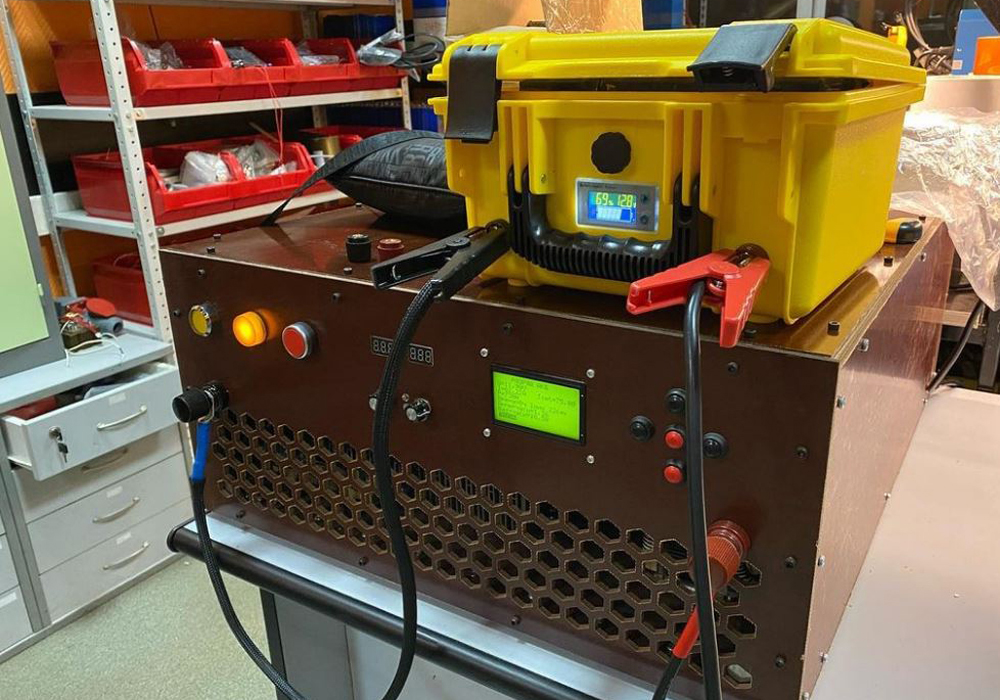
With a properly picked power box, you can restore from 70% to 80% battery capacity relatively fast. In this case, the outer surface of the plates contacting the electrolyte stays charged. The inner parts of the plates stay discharged, and it takes more time to charge them. The thicker the plates are, the more time for the 100% charge of the battery is needed. As usual, it can take up to five hours.
The practice shows that trolling motors work in one of three regimes. You’ll need a power box covering each of them.
- Cyclic usage on the water. In this case, the batteries are discharged for 50% but never get the full charge. That is how a service battery works. On the water, you need to charge the batteries with maximal speed. So, the power of the stream must be maximal. To prevent overheating and gas exhaustion, you need to use special DC-DC chargers with temperature or power limitations.
- Mixed work means that the battery is always in contact with supporting voltage and is being discharged superficially constantly. The charger identifies the discharge and turns it on to add the missing charge to the battery. In this regime, there is a thread of the power box overcharging the accumulators. To avoid it, control the time of power box activity according to the battery discharge ratio.
- If the batteries have not been working for several months, they require supporting periodic charging. Specialists recommend not constant charging but periodic charging with lower voltage. It will increase the lifetime of a battery.
How to Maintenance Boat Batteries?
Here are some rules concerning the proper maintenance of the boat batteries:
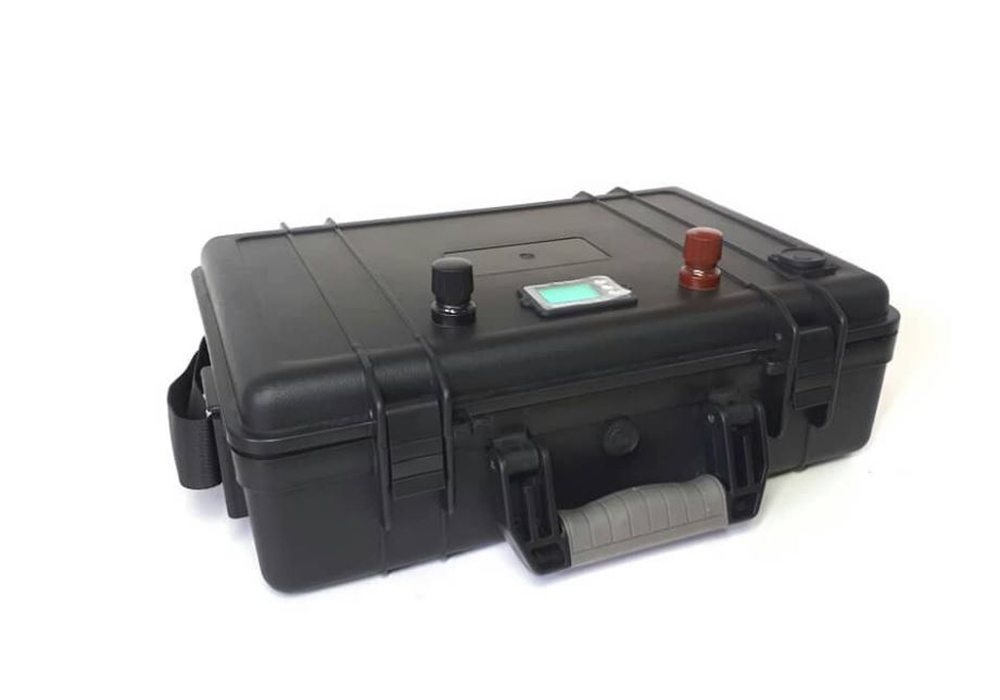
- Add only distilled water into the batteries with a liquid electrolyte.
- Write down the electrolyte density and amount of added water. This data will help to esteem the condition of the battery and avid complications on water.
- Keep the upper cap of the battery clean. Water, mud, or electrolyte leaked from the battery can create a path to a stream. Such a stream discharges the battery. To clean the battery cap, rub it with a cloth moistened in baking soda or liquid ammonia. Never pour the dry soda on a battery. It can come through the ventilation apertures and spoil the electrolyte.
- Take away the cables from the battery and clean the contacts from the corrosion.
- Charge the batteries for 100% if you leave them for more than 1-2 weeks without work. Every battery can self-discharge. The speed of discharge depends on the type of battery (AG and gel batteries are more reliable than liquid batteries) and the temperature.
- Store the batteries in cool places. Every battery, independently of working conditions, loses capacity in high temperatures. These losses are inevitable. Every 8 degrees shortens the lifespan of the battery by half. You need to keep the batteries in a cold place without letting a liquid electrolyte chill.
Conclusions
To charge a trolling battery in an outboard motor, you need to identify the power ratios of the battery first. Then, you need to pick a proper power box that will charge the battery in any condition. Then, pick a proper generator. Automobile and boat generators will do good. Identify the conditions of using a battery and pick the proper charging regime. Keep the batteries safe to prolong their lifespan. Never forget to check all the data and battery parameters periodically to avoid possible maintenance and workload problems.
